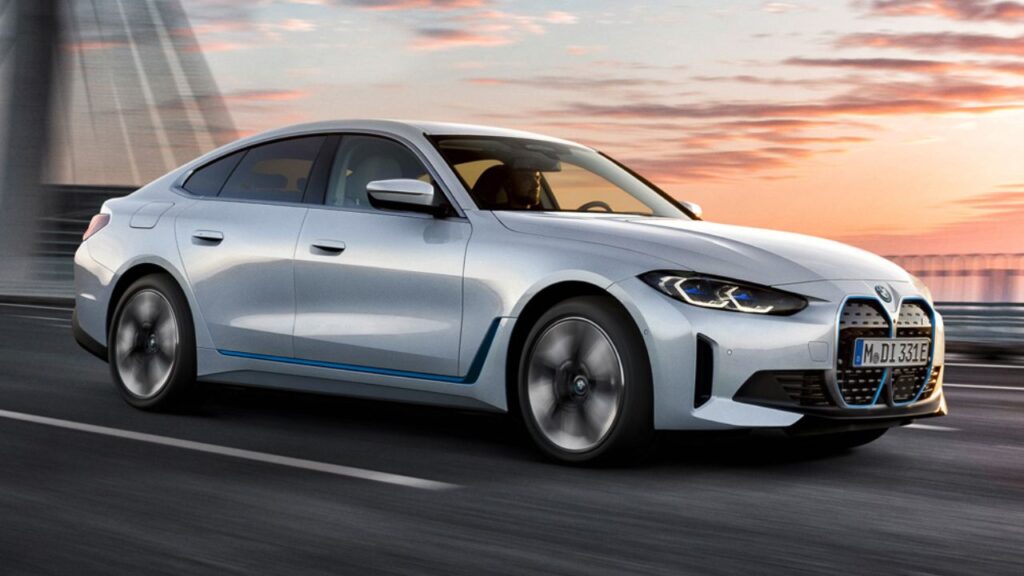
EV Challenges
Along with EV challenges, in recent years, the electric vehicle landscape has witnessed remarkable growth, fueled by environmental concerns, technological advancements, and a global push towards sustainable transportation. However, this journey towards a greener future is not without its challenges. In this blog post, we’ll explore some of the key hurdles that the EV industry faces and the promising solutions on the horizon.
Charging Conundrum:
At the heart of the EV experience lies the challenge of charging infrastructure. Despite significant progress, finding working chargers remains a concern for many EV owners. The anxiety associated with locating a charging station, and the fear of being stranded with a depleted battery, are issues that demand urgent attention.
Fortunately, governments and private enterprises are responding to this challenge with ambitious plans to expand the charging network. The recent passage of the Infrastructure Investment and Jobs Act in the United States earmarks billions of dollars for the development of a comprehensive EV charging infrastructure, promising a charging station every 50 miles along major highways. As these initiatives materialize, range anxiety is expected to diminish, fostering greater confidence in EV ownership.

Battery Blues:
The heart and soul of an electric vehicle – the battery – present a dual challenge. Battery degradation over time leads to a reduction in capacity, limiting the distance an EV can travel on a single charge. Additionally, extreme temperatures, be it scorching heat or freezing cold, can accelerate this degradation, affecting the overall lifespan of the battery.
To tackle these challenges, researchers and engineers are dedicated to advancing battery technology. Improved chemistries, enhanced thermal management systems, and sustainable sourcing of materials are all part of the ongoing efforts to create batteries that are not only more powerful but also more durable and environmentally friendly. As breakthroughs continue, the industry anticipates batteries that boast longer lifespans, reduced degradation, and increased energy density.
Affordability Dilemma:
Despite the environmental and long-term cost benefits, the upfront purchase cost of EVs remains a significant barrier for many consumers. Affordability is a multifaceted challenge encompassing manufacturing costs, battery expenses, and consumer purchasing power.
To make EVs more accessible, manufacturers are diligently working to reduce production costs. Government incentives and subsidies further sweeten the deal, making EVs a more financially attractive option. As economies of scale kick in, the industry expects a gradual decrease in EV prices, ultimately making them more competitive with their internal combustion engine counterparts.
Technological Transition:
The automotive industry is undergoing a seismic shift as it pivots from internal combustion engines to electric powertrains. This transition necessitates a vast workforce skilled in EV maintenance and repair. Currently, there is a shortage of trained technicians, making servicing an EV more expensive than traditional vehicles.
To address this, educational institutions, vocational training programs, and manufacturers are investing in training programs to produce a skilled workforce proficient in EV technology. As the number of trained technicians increases, the cost of EV maintenance is likely to decrease, further leveling the playing field between electric and traditional vehicles.

Grid Capacity and Energy Demand:
The mass adoption of EVs brings with it an increased demand for energy, putting strain on existing electric grids. To accommodate this surge, extensive upgrades are required to enhance grid capacity. The United States Department of Energy predicts a substantial increase in electricity consumption by 2050, primarily due to the proliferation of EVs.
Smart grid technologies and innovations in energy storage solutions are pivotal in addressing this issue. By intelligently managing energy flow and storage, smart grids can ensure a stable and efficient power supply, mitigating concerns about overburdened infrastructure and fixing EV challenges.
Conclusion:
While the electric vehicle industry faces formidable EV challenges, each obstacle is an opportunity for innovation and improvement. The road ahead may be filled with bumps, but the journey towards sustainable transportation is undeniably worthwhile. As technological advancements continue and collaborative efforts between governments, industries, and consumers persist, the challenges that currently loom large on the EV horizon will gradually transform into stepping stones towards a cleaner, greener automotive future. As consumers, policymakers, and industry stakeholders unite in this shared vision, the promise of electric mobility becomes not just a possibility but an imminent reality.